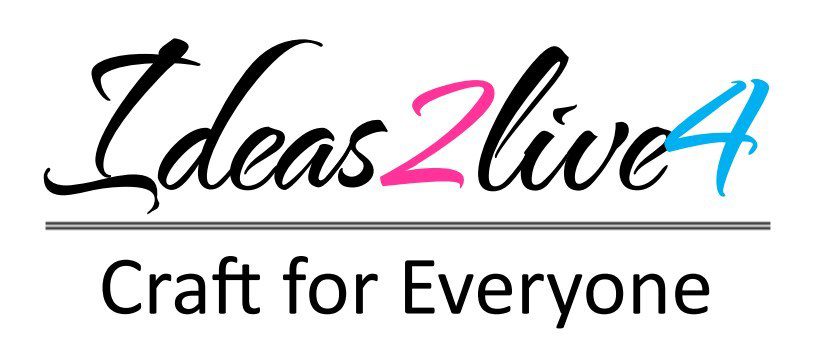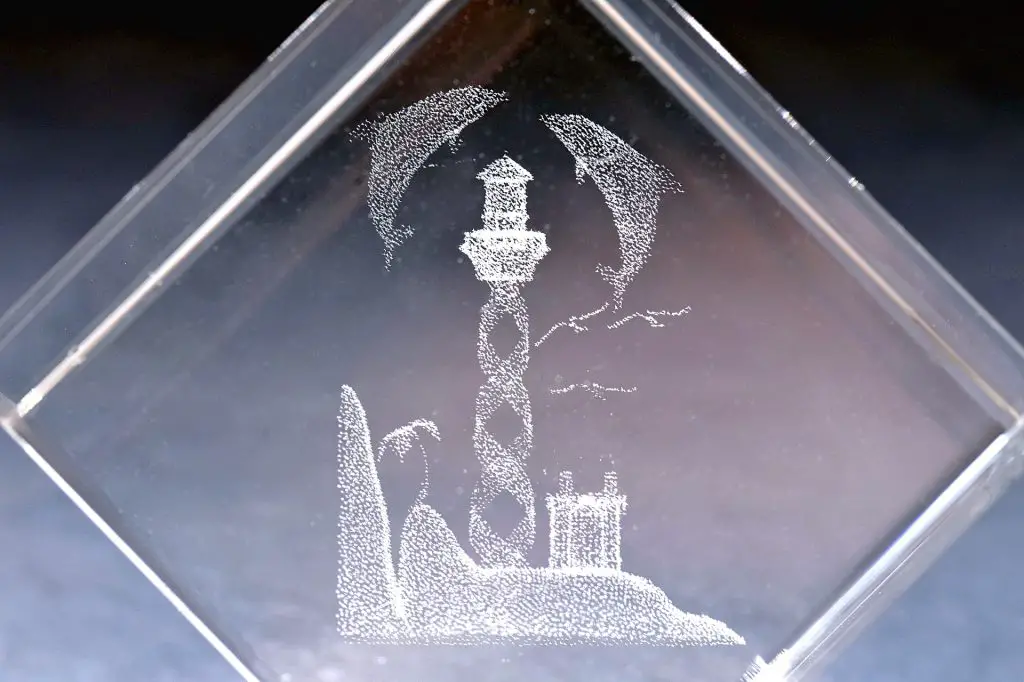Last Updated on July 9, 2024 by Team Ideas24
Glass etching is a unique and innovative art form that has been practised for centuries. This unparalleled technique of creating patterns and designs by removing the surface material from the glass is both exquisite and versatile, making it a popular choice in interior and exterior decoration.
Glass etching can be used on an array of glass surfaces, including doors, windows, mirrors, and even tabletops, transforming ordinary pieces into works of art. It requires both skill and creativity to create intricate and impressive designs that are both elegant and striking.
Contents [show]
The Art of Glass Etching: A Comprehensive Guide
But, the art of glass etching has seen a significant rise in popularity as homeowners and businesses alike seek to add some flair and timeless beauty to their interiors. This blog post aims to provide a comprehensive guide to glass etching, from its benefits to an in-depth explanation of the different techniques and materials required to create stunning designs.
It will also explore the various applications of glass etching, from customizing glassware for special events to creating stunning architectural features in homes and commercial buildings.
Glass etching is a process that involves creating designs or patterns on the surface of the glass using abrasive or corrosive materials. It is a simple but impressive way to add personalization and uniqueness to anything made of glass. The benefits of glass etching go beyond just the aesthetic appeal.
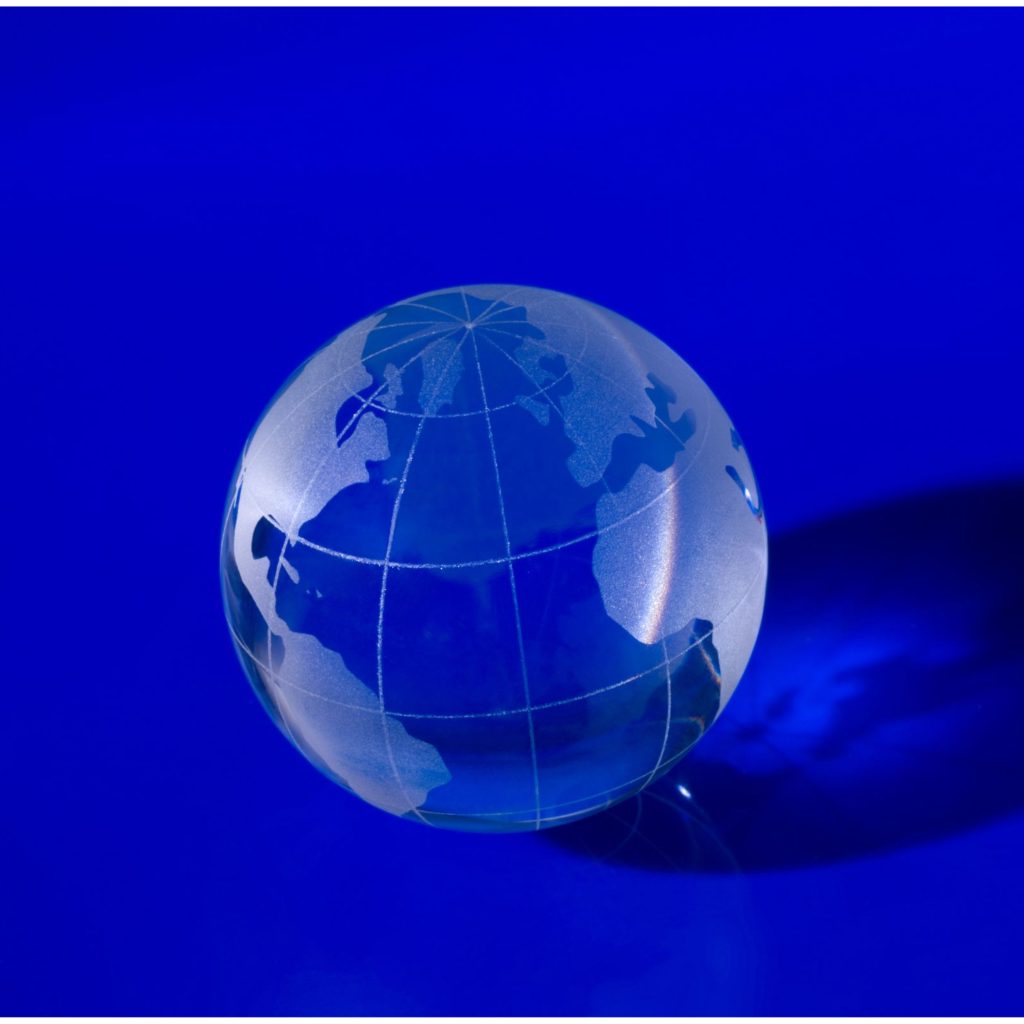
Glass Etching Benefits
This technique offers several benefits, including:
- View control: Etched glass or windows can be used to block unpleasant views, providing a level of privacy and security to your home or office. You can still see through the glass and enjoy the beauty of the etched design without worrying about what’s on the other side.
- Promotes privacy: Etched glass provides an effective way to promote privacy without sacrificing natural light. By making the glass opaque, it blocks the view from outside while still allowing light to go through. This makes it an ideal option for use in living areas, bathrooms, and conference rooms.
- Glare reduction: The etched surface of the glass can help to reduce the intensity of the sunlight that enters a room, minimizing glare and creating a more comfortable environment for reading or watching TV.
- Cost-effective: Etched glass is a more affordable alternative to stained glass or other decorative glass options. The etching process can be on-site or off-site, and the finished product can be customized to fit any size or shape of the glass.
Glass etching offers a host of benefits that make it a popular choice for homeowners and business owners alike. Whether you’re looking to enhance privacy, reduce glare, or add a unique decorative touch to your space, etched glass can be an excellent solution.
Glass Etching Techniques
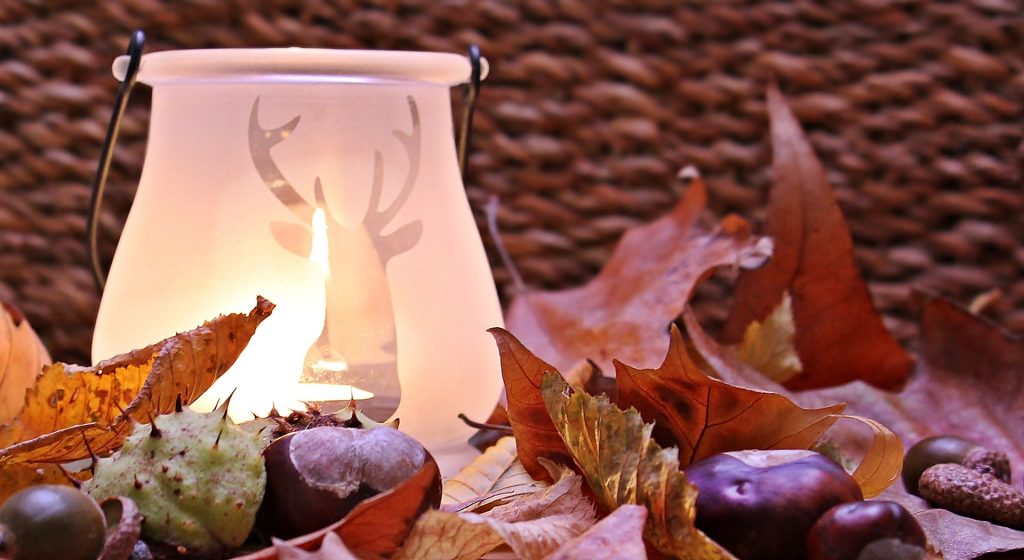
Whether you want to add intricate patterns, monograms, or even custom logos to your glassware, there are many options for you. Creating glass etching masterpieces requires patience and attention to detail, but the end result can be elegant and sophisticated.
Glass etching can be used to add a personal touch to wedding gifts, anniversary presents, or even just to add some style to your everyday glassware. With a little creativity and some practice, anyone can become a glass etching artist making beautiful etched pieces.
There are several techniques used in glass etching, including:
Surface Etching
Surface etching is a process of creating a frosted or matte finish on a glass surface by removing a thin layer of the glass. The process is usually with the use of abrasive materials, such as sandpaper, or chemicals, such as hydrofluoric acid.
The surface etching process involves masking the areas of the glass that should remain clear and then applying the abrasive material or chemical to the unmasked areas. The masking material can be anything from tape to a specialized resist material that is applied to the glass and then removed after the etching process is complete.
The abrasives used in surface etching can vary depending on the desired effect. Coarse abrasives will produce a more pronounced, rough texture, while finer abrasives will produce a smoother, more subtle texture.

The same is true for the chemicals used in surface etching. More concentrated solutions of hydrofluoric acid will etch the glass more deeply, resulting in a more pronounced texture, while weaker solutions will produce a less pronounced texture.
Surface etching can be used to create a variety of designs and patterns on the glass. It is often used to create privacy windows or decorative glass pieces, such as vases or picture frames. The process can also be used to add a decorative touch to mirrors or to create custom designs on glassware, such as wine glasses or beer steins.
There are also impressive glass block craft ideas that you will love trying! These decorative blocks can be transformed into nightlights, picture frames, or even festive decorations for the holidays. With their translucent appearance, they can add an elegant touch to any space.

Glass Carving
This technique involves creating a deeper and more intricate design by removing more layers of glass. Glass carving requires more skill and precision than surface etching, and it is often used to create intricate designs such as logos or detailed artwork. This technique is often used in the production of glass awards, trophies, and signage.
There are several types of glass carving techniques, including:
- Single-stage: It involves etching a design deeply into the glass, similar to surface etching but with a clear separation between the etched and unetched sections.
- Two-stage or multi-stage carving: It involves removing glass and carving elements at different depths to create a 3-dimensional design with a necessary visual difference between the elements.
- Freehand carving: It requires no pre-designed stencil or pattern, allowing the artist to create unique and intricate designs directly on the glass surface.
Glass Shading
This technique involves creating different levels of shading on the glass surface by using a combination of surface etching and glass carving. By varying the depth of the etched areas, a three-dimensional effect can be achieved. Glass shading is often used in architectural glass applications and can create a stunning effect in both natural and artificial light.
These techniques offer a variety of decorative options for glass surfaces, allowing for the creation of unique designs and patterns that can enhance the beauty and functionality of any space.
What Do You Need to Etch Glass?
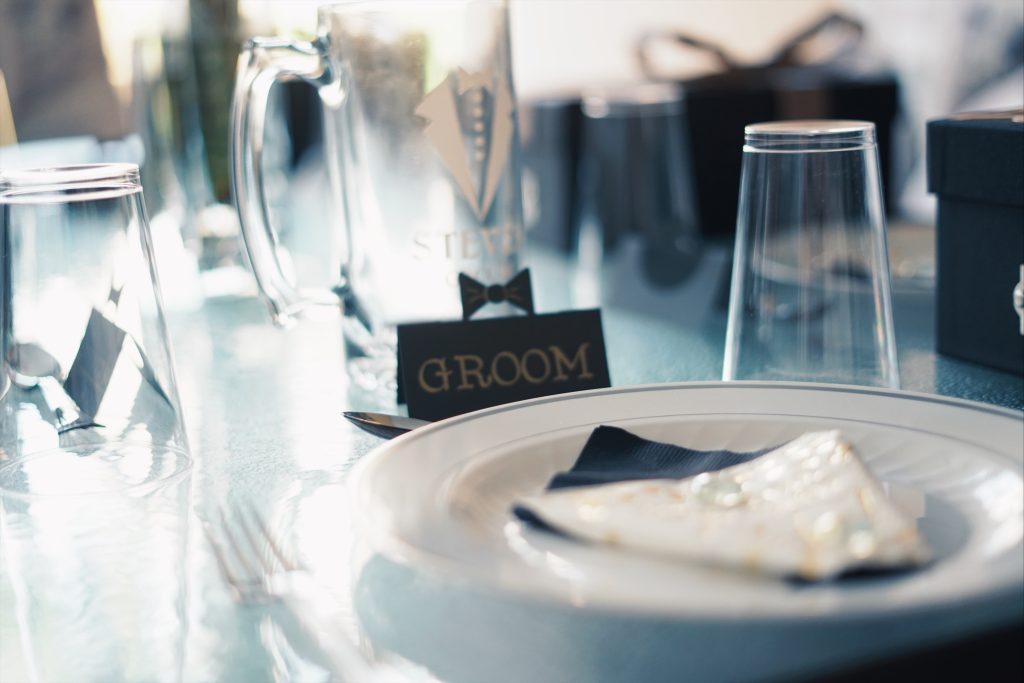
Glass etching requires some basic tools and supplies, regardless of the etching technique used. These include:
- Etching Glass: You’ll need plain, transparent glass, which can be purchased at a local store or online. You can choose from a variety of glassware, such as wine or champagne glasses.
- Etching cream: This cream is used to create designs on windows, mirrors, or glassware. It is a corrosive substance that eats away at the glass surface, creating the etched design.
- Glass cleaner: Before you start etching, it is essential to deeply clean the glass surface to remove any dirt and dust. This ensures that the etching cream adheres well to the glass.
- Cloth: Use a lint-free cloth or microfiber for cleaning the glass surface.
- Pattern: You can use an adhesive vinyl pattern that can be easily moved to create your design.
- Contact paper: White or plain contact paper is used to create a stencil for etching.
- Paintbrush: Use a paintbrush or haik brush to apply the etching cream effectively.
Whether you’re a seasoned artist or a beginner, glass etching is an opportunity to explore and experiment with your creativity. So, gather your supplies and let the magic of glass etching begin!
Difference Between Etched and Engraved Glass
As you delve into the world of glass etching, it’s important to understand the difference between etched and engraved glass. Though they sound similar, they use different techniques to achieve a unique look. Engraved glass involves physically cutting into the surface of the glass, leaving an indentation that can be felt with the fingertips.
On the other hand, etched glass uses an abrasive or chemical process to create a frosted or opaque design that remains smooth to the touch. Both methods have their advantages and can be used to create stunning designs, so it’s important to choose the one that best suits your project’s needs.
The possibilities are limitless with glass etching, and it’s amazing how adding a touch of texture to a plain glass surface can transform it into an elegant work of art.
Summary
To summarize, glass etching is an elegant and practical way to add a personal touch to glassware, mirrors, or other glass objects. Whether you’re decorating for a special event or creating unique gifts, there are many possible creations with glass etching.
In this blog post, you were provided with all the essential information about glass etching, including its benefits and the supplies required to create stunning and one-of-a-kind glass pieces. Glass etching can be an enjoyable and calming hobby that allows you to express your artistic abilities in a fresh and exciting way.
So, give it a shot and see where your creativity takes you. With the right tools and a bit of practice, you can create beautiful and unique glass pieces that will impress your friends and family and enhance the beauty of a home or office.
Thank you for taking the time to read this post, and hope it inspires you to explore the world of glass etching.
